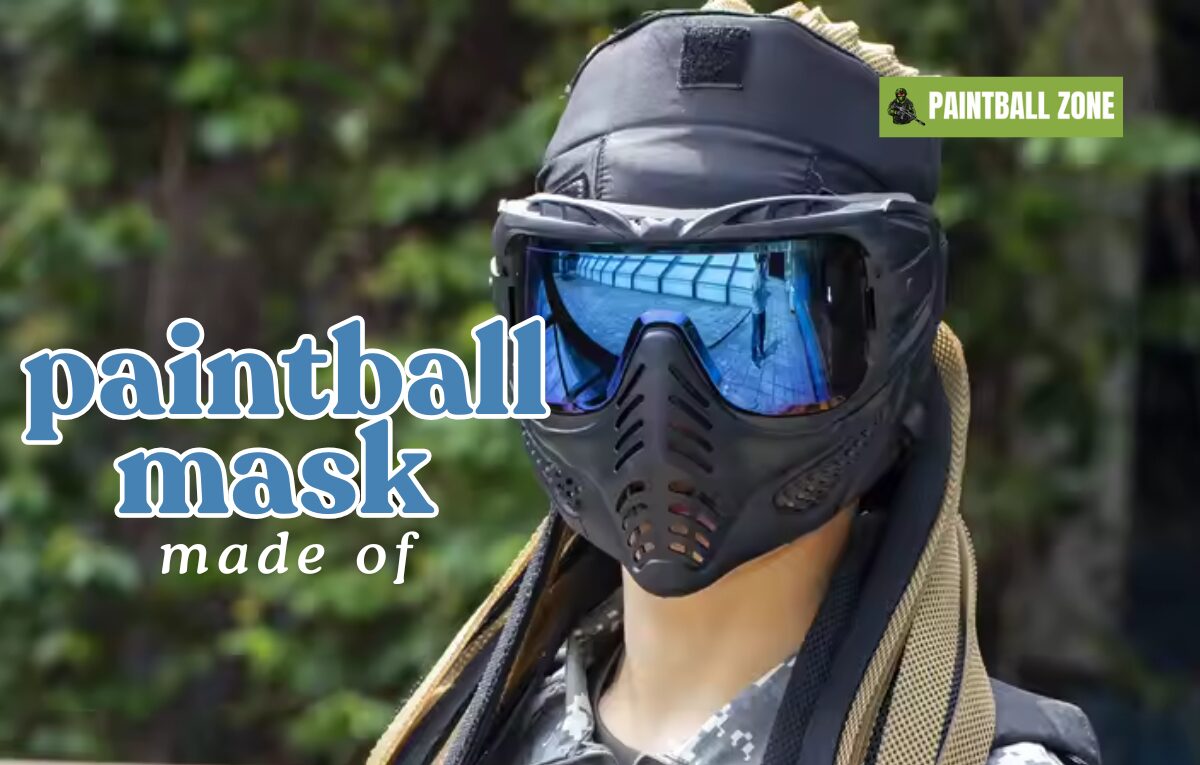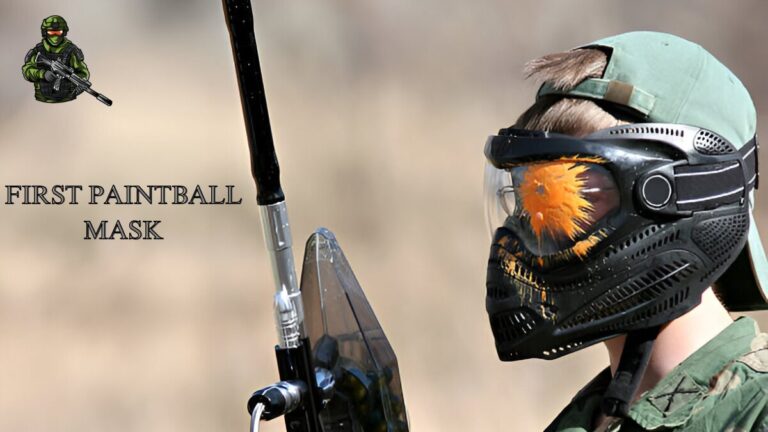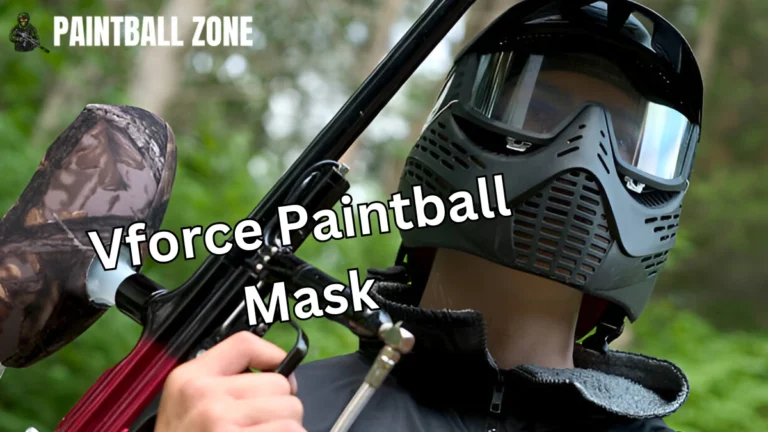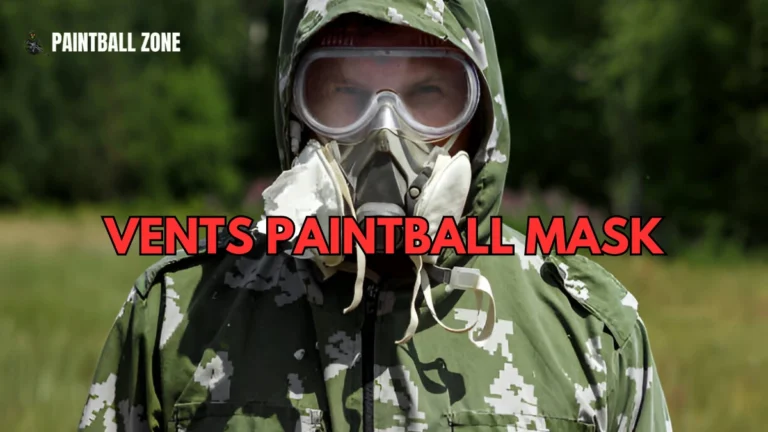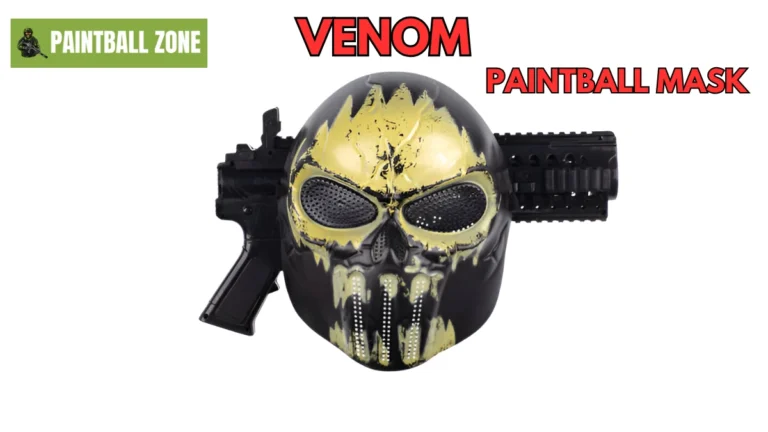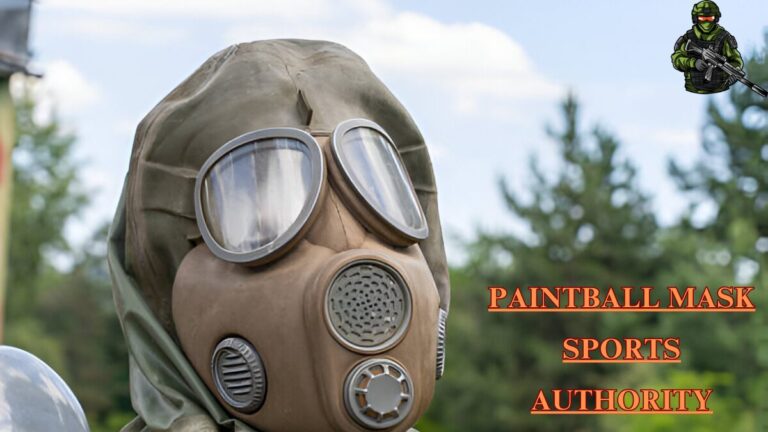What Are Paintball Masks Made Of? A Comprehensive Guide
Paintball masks are essential safety gear for anyone engaging in paintball activities. These masks protect players from high-velocity paintballs that can cause serious injuries, especially to the face and eyes. But have you ever wondered what these masks are made of and why they’re so effective? This guide dives into the materials, features, and innovations behind paintball masks to help you understand what makes them durable, comfortable, and safe.
Whether you’re a beginner or a seasoned player, knowing the materials used in paintball masks can help you make an informed purchase. Let’s explore the components, their benefits, and how they contribute to the overall performance of these essential safety items.
Materials Used in Paintball Masks
Polycarbonate Lenses
What is Polycarbonate? Polycarbonate is a tough, lightweight plastic often used in safety glasses and eyewear. It’s highly resistant to impact and shattering, making it the ideal material for paintball mask lenses.
Why Polycarbonate is Essential
- Impact Resistance: Polycarbonate lenses can withstand high-speed impacts without cracking.
- Clarity: The material allows for excellent optical clarity, ensuring players have a clear field of vision.
- Scratch Resistance: Many lenses are treated with an additional coating to resist scratches.
Common Uses Beyond Paintball Polycarbonate is also used in bulletproof glass and motorcycle helmets, proving its versatility and strength.
Thermoplastic Elastomers (TPE) for the Mask Frame
What are Thermoplastic Elastomers? TPE is a combination of plastic and rubber, offering flexibility and durability. It’s commonly used in the frame of paintball masks.
Advantages of TPE
- Flexibility: Allows for a snug fit around the face.
- Durability: Resistant to wear and tear from prolonged use.
- Lightweight: Ensures the mask remains comfortable during extended play.
Customization Options TPE frames are often moldable, allowing manufacturers to design masks with unique patterns and styles.
Foam Padding
Purpose of Foam Padding The foam inside a paintball mask serves as a cushioning layer that adds comfort and enhances fit.
Types of Foam Used
- Open-Cell Foam: Soft and breathable but less durable.
- Closed-Cell Foam: Denser and more durable, often used in premium masks.
Benefits of Foam Padding
- Comfort: Reduces pressure points on the face.
- Moisture Management: Wicks away sweat, keeping the mask dry.
- Noise Reduction: Helps absorb sound, improving communication during games.
Straps and Fasteners
Materials Used
- Nylon: Strong and resistant to fraying.
- Elastic Blends: Provide stretch for a secure fit.
Features of Quality Straps
- Adjustability: Allows players to customize the fit.
- Anti-Slip Coating: Prevents the mask from sliding during intense movement.
The Role of Each Component in Safety and Comfort
Lens Technology
Thermal Lenses Thermal lenses are made of dual-pane polycarbonate. This design reduces fogging and enhances clarity.
UV Protection High-quality lenses are often UV-coated to protect players from harmful sunlight during outdoor games.
Frame Design
Impact Absorption The TPE frame is designed to absorb the force of a paintball impact, reducing the risk of injury.
Ventilation Frames often include ventilation holes to improve airflow and reduce lens fogging.
Foam Padding
Sweat Management Foam layers help wick sweat away, keeping players comfortable.
Pressure Distribution Foam evenly distributes pressure, preventing discomfort during long games.
Straps
Secure Fit Elastic straps ensure the mask stays in place, even during intense movement.
Custom Adjustments High-quality straps allow for personalized fitting, making the mask more secure.
Comparison of Materials
| Component | Material | Key Features |
| Lenses | Polycarbonate | Impact-resistant, anti-fog, UV protection |
| Frame | TOP | Flexible, lightweight, durable |
| Padding | Open/Closed-Cell Foam | Comfortable, moisture-wicking, sound-absorbing |
| Straps | Nylon/Elastic Blends | Adjustable, anti-slip, durable |
Innovations in Paintball Mask Materials
Advanced Coatings
Anti-Fog Coating Manufacturers now use advanced coatings to prevent fogging, even in humid conditions.
Scratch-Resistant Lenses High-end masks feature lenses treated with scratch-resistant coatings for enhanced durability.
3D Printing Technology
Custom Designs 3D printing allows for customized frame designs, offering both aesthetics and functionality.
Material Experimentation Innovative materials like graphene-infused plastics are being tested for future use.
Eco-Friendly Materials
Biodegradable Plastics Some brands are exploring biodegradable options for frames to reduce environmental impact.
Conclusion
Understanding the materials used in paintball masks can significantly impact your playing experience. From polycarbonate lenses to TPE frames, each component plays a crucial role in ensuring safety, comfort, and performance. Whether you’re a casual player or a competitive enthusiast, investing in a high-quality mask made of premium materials is essential for a safe and enjoyable game.
FAQs
1. What is the most durable material for paintball mask lenses? Polycarbonate is the most durable material due to its impact resistance and clarity.
2. How do thermal lenses prevent fogging? Thermal lenses use a dual-pane design to create a thermal barrier that reduces condensation.
3. Can foam padding be replaced? Yes, many masks allow for foam replacement to extend their lifespan.
4. Are eco-friendly paintball masks available? Some brands are experimenting with biodegradable plastics for frames.
5. What is the role of anti-slip straps? Anti-slip straps keep the mask securely in place during intense movements.
6. How often should you replace a paintball mask? Replace your mask every 2-3 years or sooner if components show wear and tear.
7. What are the benefits of UV-coated lenses? UV-coated lenses protect your eyes from harmful sunlight, reducing eye strain during outdoor games.
8. Are 3D-printed masks reliable? Yes, 3D-printed masks are reliable and often allow for custom designs and unique material blends.
9. Can I customize my mask’s frame? Yes, many manufacturers offer customizable options for frames.
10. Is TPE better than traditional plastic for frames? TPE is more flexible and durable than traditional plastic, making it a superior choice for frames.

